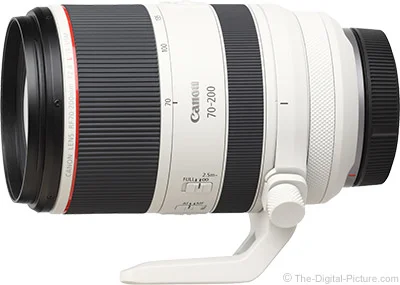With the hood reversed or off, the lens attached to an R5(II) fits nicely into my shoulderbag, which means it can be taken along almost anywhere without shouting "I AM CAMERA BAG WITH GEAR INSIDE, STEAL ME!" Till I take out, of course

With the hood attached, I can store it upright in my backpack, with the lenscap off. That makes it really easy to take it and start shooting, especially with gloves on.
Which is my I'm skeptical about how much I'd use an RF200-800, it would need a larger backpack, which means it will be left at home for trips where I need to be indoors at the destination, like grocery runs. The weekly grocery run to the local dairy farm is a few kilometers of cycling along a canal through farmland, so lots of herons, egrets, kestrels and buzzards. Which is exactly what I'd need a telezoom for! The size (and weight) of the current 100-500L is very convenient, I personally don't think a non-extending variant is useful for me. I'm saving for a RF long 1:1 macro

one year later.



